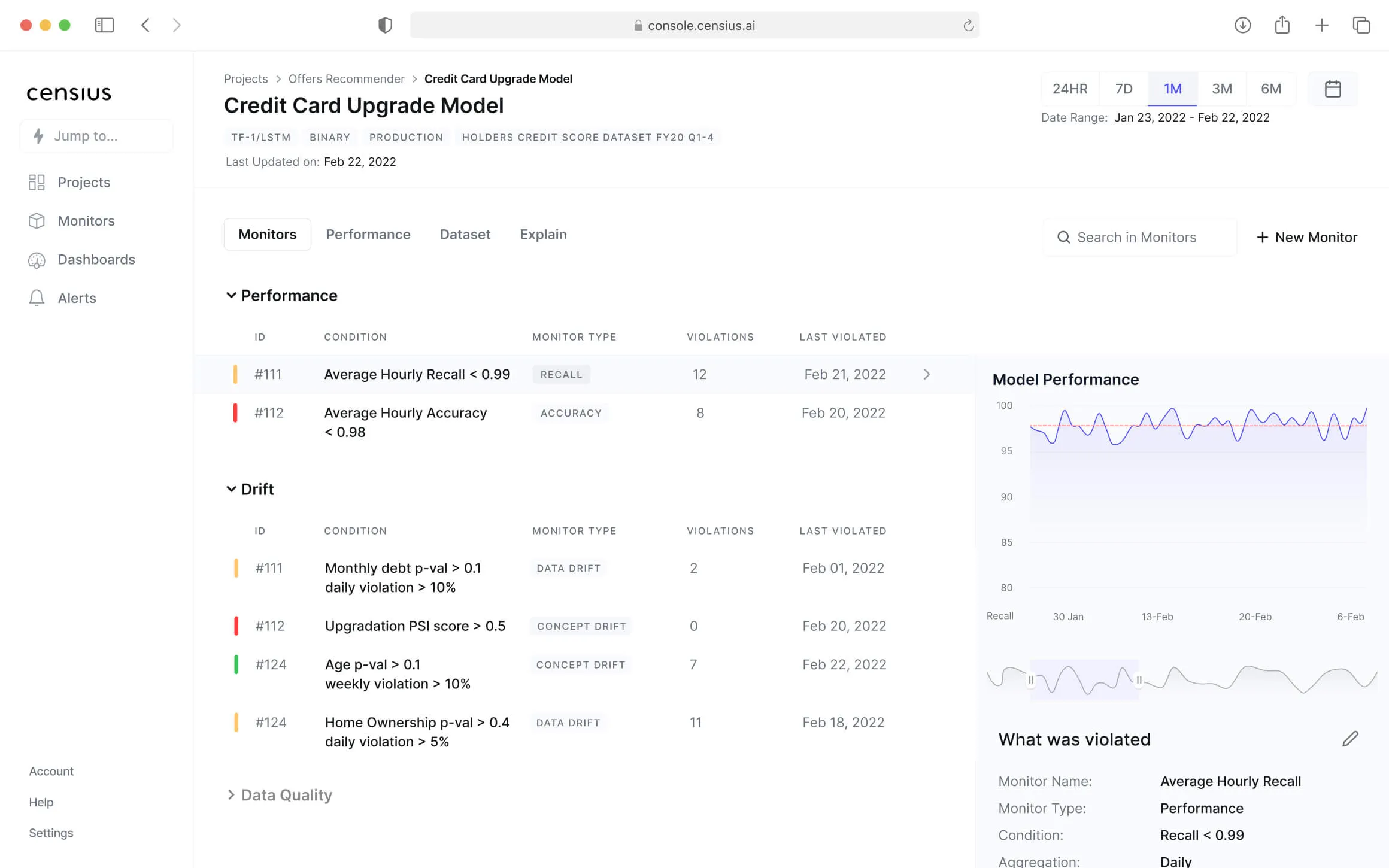*This is the first part of a two-part series on data pipelines.
What is a Data Pipeline?
A data pipeline is the methodical aggregate of numerous data processing activities. Data is ingested at the front of the pipeline, triggering a series of cross-dependent workflows that continue down the stream. In plain terms, it is the data lifecycle used to build resilient business solutions by filtering out outliers and improving the data's general robustness.
Why do You Need Data Pipelines?
With data being the foundation of any successful business, using data silos for business-oriented problem-solving and analysis has never been more critical. Unfortunately, gathering data and analyzing it to produce valuable insights is not a simple task. Data retrieval, consolidation, and analysis are time-consuming processes vulnerable to paradigm shifts and volatility. Furthermore, the potential latency in human labor, as well as the additional expenses of niche data handling infrastructure, increase data inconsistency difficulties.
Data pipelines make it easier to combine data from various sources into a single location for analysis and processing. This saves money and time in terms of infrastructure, simplifies data processing operations, and decreases effort.
Types of Data Pipelines
Varied data pipelines cater to diverse use-cases. Here is a list of the most commonly used data pipelines.
.jpeg)
Batch processing
Batch processing is a frequent sort of data pipeline in which large amounts of data are processed at regular intervals without external intervention. Batch processing is highly beneficial when working with historical data, especially with small datasets requiring sophisticated modifications. Massive amounts of data are retrieved, then processed into a usable format before being put into the target system.
Real-Time processing
If the business solution drives a need to constantly update volatile data, either from a fluid or a streaming source, streamlining pipelines are used for data influx in real-time. They are preferred in unstructured datasets when adhering to timelines is essential. These are more time-efficient and create reports on the entire datasets rather than on single workflows without the latency incurred by ETL.
Cloud-Native processing
Cloud-native pipelines are responsible for dealing with cloud data, such as AWS S3 buckets. Being hosted on a cloud gives them umpteen scalability adhering to a pay-as-you-go model. This makes the deployment cost-effective.
Open-Source processing
Open-source data pipelines are financially feasible to access that can be modified extraneously to suit customer needs. Since the foundational infrastructure is susceptible to public modifications, it must be handled with expertise.
Data Pipeline Architecture
The design and structure of code and systems that replicate, clean, or change source data as needed and transmit it to destination systems such as data warehouses and data lakes are referred to as data pipeline architecture.
We shall now be dealing with the phase-wise architecture of a data pipeline catering to end-to-end business solutions. From a higher level, five processes within the data’s architectural pipeline encompass the entire workflow.
Collecting the data
Collecting and storing the data from multiple sources, including mobile and web applications, IoT devices, etc., is mandatory to initiate data pipelines.
Ingesting the data
Once the data has been retrieved and collected, it needs to be ingested into the pipeline to trigger multiple workflows. Data input from multiple inlets is aggregated into a data lake.
Preparing the data
Upon being ingested into the pipeline, the data must be extracted, transformed, and loaded to render it valid for insightful analysis. This processed data can be stored in data warehouses, where they can be further leveraged.
Computing the data
Processing the data and deriving business-oriented insights from the prepared data forms the essence of computation. Both real-time and historical processing paradigms are used to compute insights and performances.
Presenting the data
Once the data has been processed, viewing the insights and inferences presented by the data on an external dashboard or an akin interface is vital for an exhaustive understanding of the data.
Thus, the data pipeline architecture includes the entire process extending from collecting and ingesting the data to preparing it, computing it, and presenting it.
Components in Data Pipelines
Origin
The origin of a data pipeline is the inlet point for data entry from multiple sources, including mobile and web applications, IoT devices, or storage systems. That is where the data pipeline begins.
Destination
The final sink/outlet until the data flows is the ultimate destination of the data in the pipeline. Data visualization and external data analytics tools can be relevant examples of destinations in the data pipelines.
Dataflow
This encompasses data’s travel from source to destination, including the changes it goes through along the journey and the data repositories it passes through. A typical aspect of data flow is ETL (extract, transform, and load).
Storage
To maintain the integrity and functionality of the data as it springs through the pipeline and waits at transits, it is necessary to store it after each step. As a result, data storage is a critical component of the data pipeline for successful versioning and storage control.
Processing
The most integral component of the data pipeline is processing. This comprises the entire workflow from systematically extracting data, transforming it into usable formats, and then presenting it. Processing talks about the paradigms of implementing the data flow to tailor solutions for your preferred use cases.
Monitoring
The purpose of monitoring is to see how well the data pipeline and its stages are performing, such as if they remain efficient as data volumes dilate, whether data is correct and consistent as it passes through processing stages and whether no data is lost along the way. It keeps a close eye to avoid any outliers and data damage.
The next part will discuss how to build data pipelines, what tools can be used, the benefits of using data pipelines, and more.
Read On: Data Pipelines Part-2: How to Build Reliable Data Pipelines?

Explore how Censius helps you monitor, analyze and explain your ML models
Explore Platform.jpeg)
